Learn
Shapes and Forms
Shapes
Shape: an area defined by line or color
A shape is two-dimensional and only has length and width. It is flat. A shape is an enclosed space. Wherever the ends of a continuous line meet, a shape is formed.
Recognizable shapes are called geometric or organic. Shapes that are difficult to identify are called abstract.
Watch the video Elements of Art: Shape (3:21) to learn more. PBS login information.
Geometric Shapes
Geometric shapes such as circles, rectangles, and triangles, are precise shapes that can be described using mathematical formulas. These shapes are frequently used to provide an organized quality to an art work.

Geometric shapes have a definite edge.
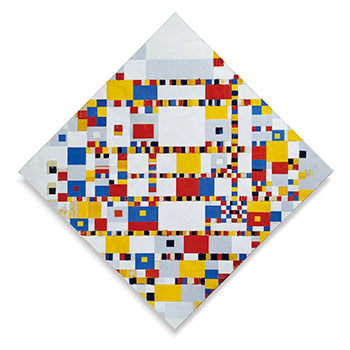
Piet Mondrian, Victory Boogie Woogie, 1942-1944. See larger version of Victory Boogie Woogie here. Image is in the public domain.
Organic Shapes
Organic shapes or free form shapes are non uniform or irregular. They lack consistent edges and are more associated with objects in nature such as clouds, leaves, amoebas, and flowers.
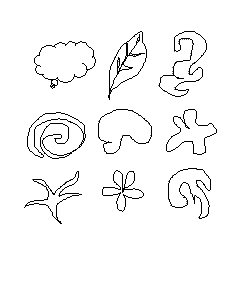
Organic shapes have no definite edge.
See an example of organic shapes in Henri Matisse's Beasts of the Sea from 1950.
Positive and Negative Shapes
Shapes can be positive or negative.
- A positive shape is the one formed by the object itself.
- The one formed by the space around the object is the negative shape.
- The combination of positive and negative shapes gives people the image of what they see.

Image of a vase.
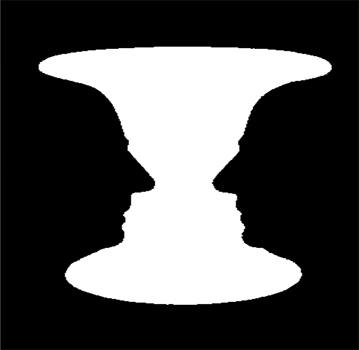
Negative
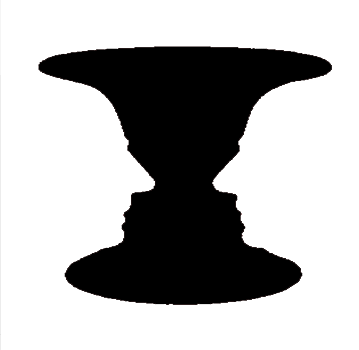
Positive
Forms
Forms have three dimensions — height, width, and depth.
The world we live in is made up almost entirely of forms. Artists have a strong understanding of form and how to create the illusion of form in drawings and paintings.
Watch the video Elements of Art: Form (2:57) to learn more.
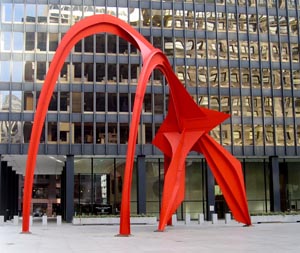
© Calder, Alexander. Flamingo. 1973, painted steel stabile, Federal Plaza, Kluczynsi Federal Building, Chicago. Image by JeremyA, licensed under CC BY 3.0.
Geometric and Organic Forms
Just like shapes, forms can be either geometric or organic.
- Geometric forms have specific names associated with them and are typically man-made.
- Organic forms do not have specific names associated with them and are often associated with objects that occur naturally.

These sports balls are geometric forms.
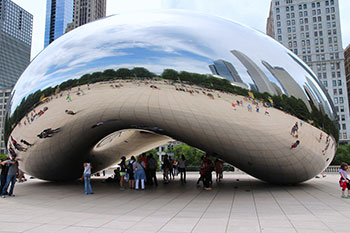
This 2006 sculpture in Millennium Park in Chicago, titled Cloud Gate by Anish Kapoor, is an organic form. See a larger version of Cloud Gate here.
Geometric Forms
Geometric forms are precise and regular. They are often found in man-made things like buildings, machines, and school supplies. Artists use this type of form to make their art work look three-dimensional having or appearing to have length, width, and depth . Sculpture is the most common way to see form in art.
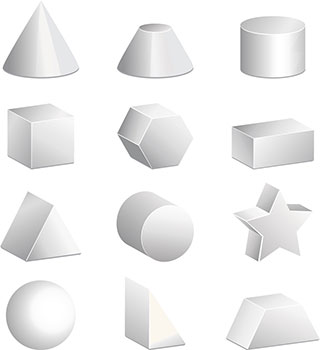
See a larger version of these example geometric forms here.
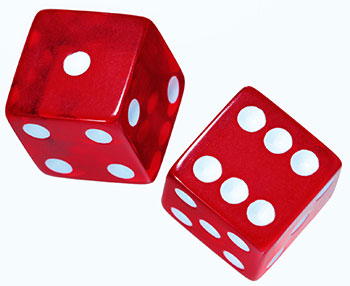
These dice are geometic forms.
Organic Forms
Organic forms have a flowing, curving appearance. They are usually irregular or asymmetrical. Organic forms are associated with things from the natural world like plants, animals, and some fruits and vegetables. Artists use various techniques of shading to make organic shapes into organic forms.

This drawing shows examples of organic forms found in nature, including fruits and vegetables.

This nautilus shell is an organic form.
